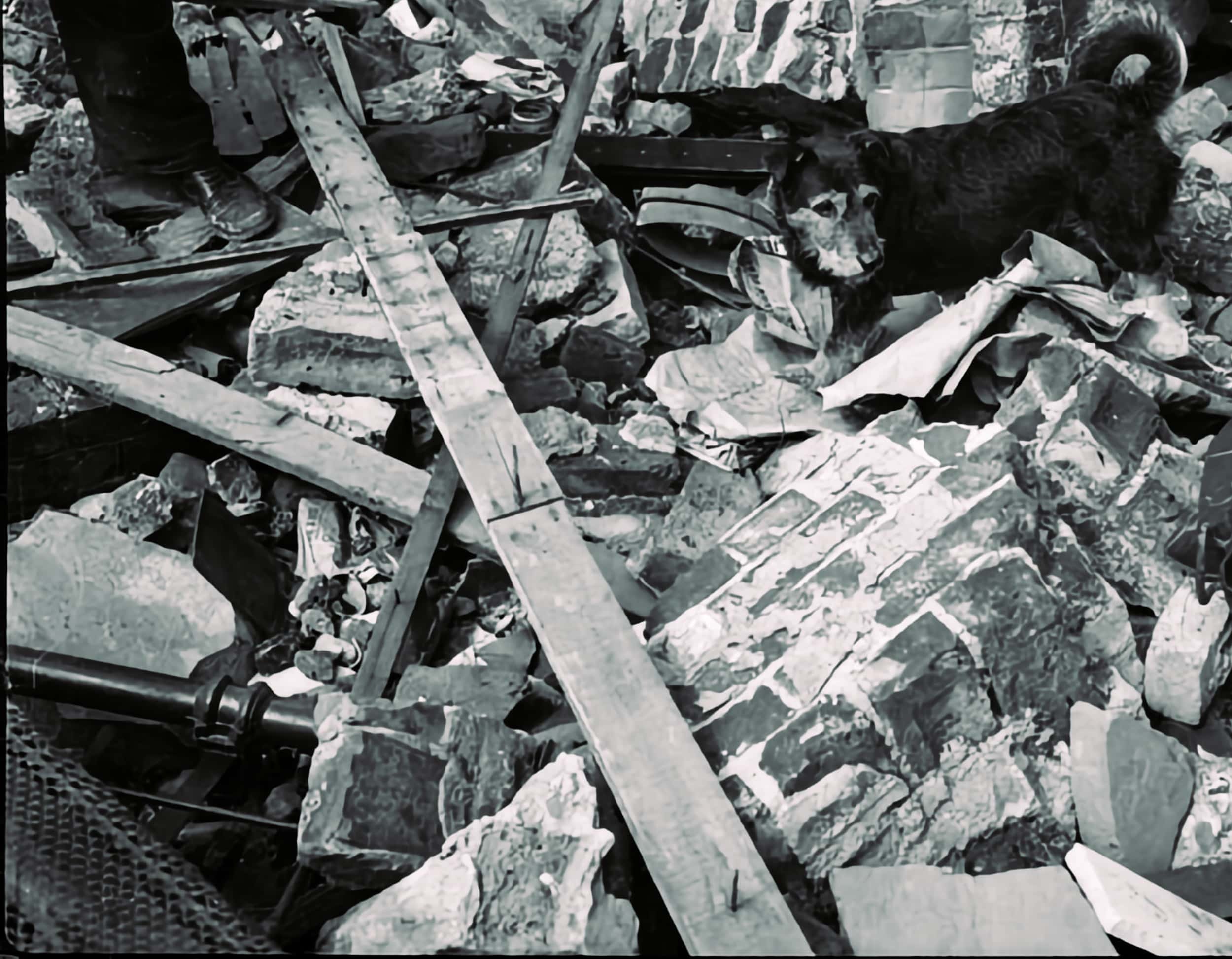Don’t forget role millions of animals played to get VE Day party started.
Gustav, an RAF messenger pigeon who delivered confirmation of the D-Day landings
War and its consequencies are naturally viewed from a human perspective and Victory in Europe Day On May 8, 1945 was no exception. An historic moment and cause for huge celebration, relief and reflection after the end of six-year conflict, which cost an estimated 50 million civilian lives around the world and another 25 million serving in armed forces,
As the nation prepares to celebrate the 80th anniversary of VE Day, here at The War Horse Memorial we think it is only right to also remember the contribution of 16 million animals which were made to serve on all sides during World War ll. It is estimated that nine million were killed, including eight million horses, mules and donkeys.
A Government information campaign warning of food shortages and animal safety after war on Germany was declared in 1939, resulted in more than 750,000 domestic pets being killed in Britain in one week. Battersea Cat and Dogs Home cared for over 150,000 animals during the war years.
Horses played a huge role during WWll. They were used for transportation, as part of cavalry units and for carrying cargo into areas that were impenetrable by trucks. Because of this, donkeys became increasingly important to the war effort at home. They were sent to work on farms and down coal mines to help keep the wheels of industry turning.
Throughout history animals have accompanied men into combat as modes of transport and communication, protectors and companions. They have fulfilled a variety of roles, from carrying men and munitions, evacuating the wounded, performing guard and sentry duties, carrying out search and rescue operations, detecting gas in trenches and locating improvised explosive devices (IEDs).
Three animals who deserve special mention from WWll we feature here. Their stories are remarkable and earned each of them the Dickin Medal – the highest award any animal can receive whilst serving in military conflict.
Pigeons were used by both sides. Britain used 250,000 pigeons to carry messages to spies behind enemy lines, as well as sending false codes that would be intercepted by the enemy.
Gustav was one of the RAF's messenger pigeons and one of six birds given to Reuters news correspondent Montagu Taylor ahead of D-Day. On June 6, 1944 Gustav carried first news from the D-Day landings in Normandy. He flew more than 150 miles from the northern coast of France to his loft near Portsmouth to deliver this message:
'We are just 20 miles or so off the beaches. First assault troops landed 07;50. Signal says no interference from enemy gunfire on beach...Steaming steadily in formation. Lightnings, typhoons, fortresses crossing since 05;45. No enemy aircraft seen'.
Jet saved 150 lives after German bombing raids.
Gustav survived the war and died peacefully of old age.
Jet, an Alsatian, trained as a search and rescue dog. He and his handler, Corporal Wardle, were responsible for recovering 150 people from buildings destroyed in German air raids. On one occasion, Jet located a woman buried in the debris of a bombed-out hotel in London and refused to move for 12 hours while rescuers tried to reach her. Jet was awarded the Dickin Medal in January 1945.
Rip was a stray cross breed terrier adopted by the Poplar ARP (Air Raid Precautions) in east London. During the Blitz he helped locate people and animals buried in the debris after air raids.
Rip at work amongst the rubble in east London.
In this photograph, taken on August 5, 1941, Rip searches the rubble for survivors after an air raid and is credited with saving the lives of more than 100 people. He died in 1946 and his work prompted the modern-day canine search and rescue service we rely on so heavily today.



